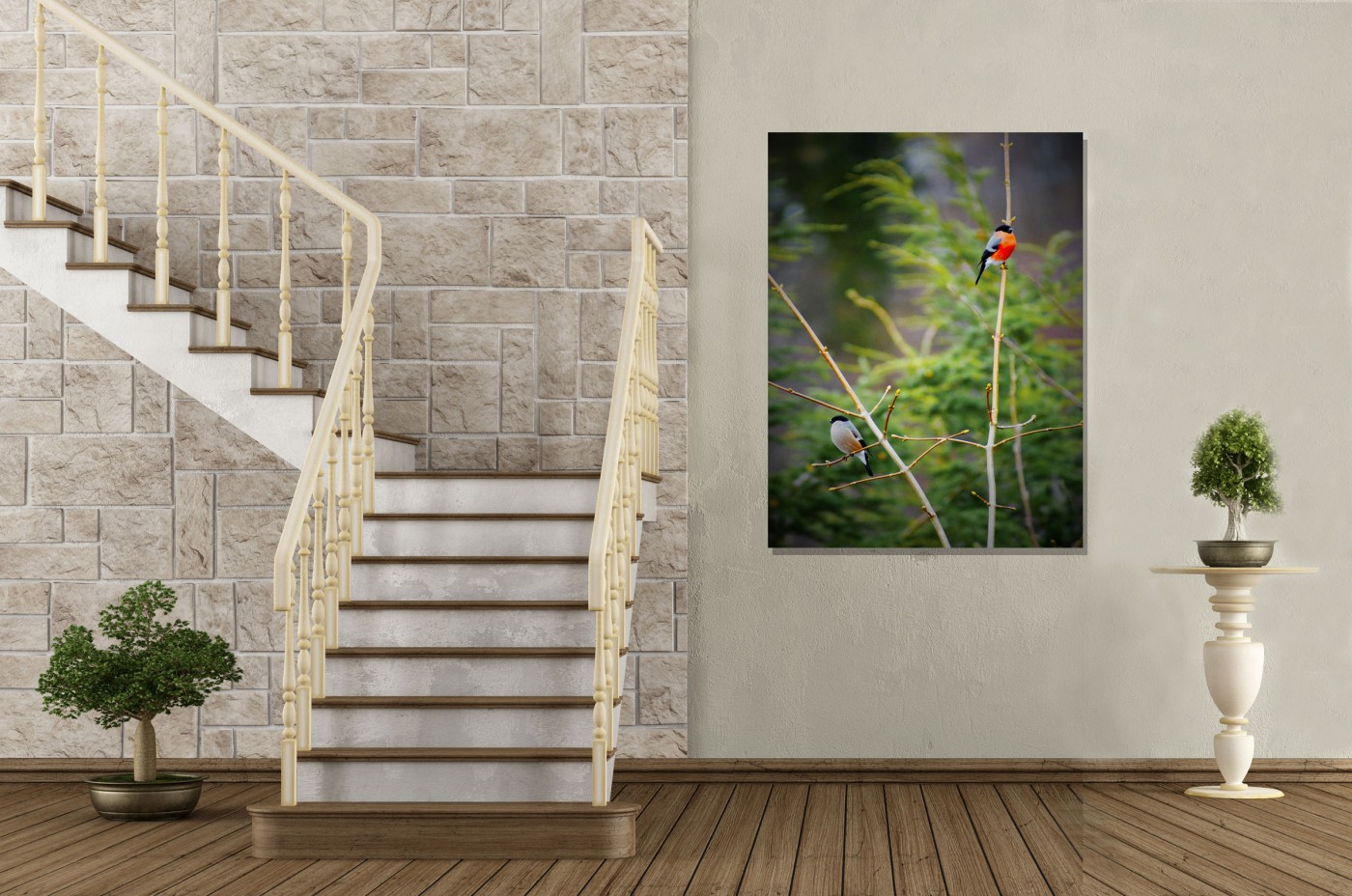Capture Spring with Pictures Printed on Canvas: Birds, Butterflies & Flowers
Springtime is here again and with this change in season, the beauty of nature comes alive. And now thanks to the fantastic digital technology employed at Canvas Giclee Printing, you can bring that beauty indoors permanently. Simply capture your favorite spring photos and have your pictures printed on canvas.
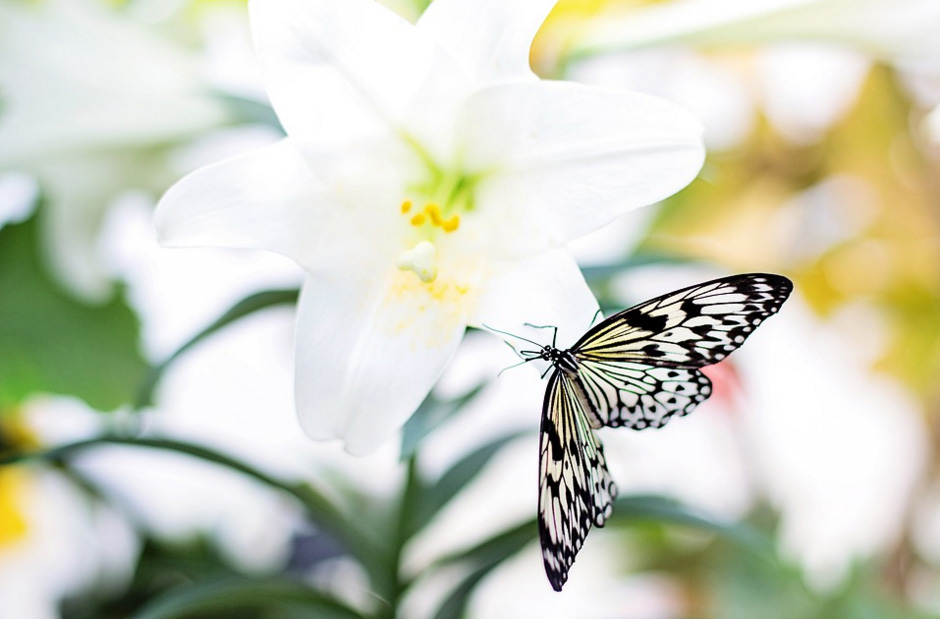
The world around us blossoms into vibrant colors, sweet fragrances and life’s melody. Each day feels like a gift when we wake up to the birds singing or pass by a tree filled with the aroma of flowers. We want to capture the beauty of spring and hold on to it for comfort when the season changes. Our moods are strongly affected by our surroundings. When the weather turns cold and life goes into hibernation we no longer feel the joy that springtime brings us. There is a way we can keep spring alive throughout the year. The one place where we can control our surroundings is inside the home, so it just makes sense to bring the essence of spring indoors! Bring the greenery and exotic flowers inside. Bring the birds and the butterflies home with you. You can do all of this without plucking flowers or setting traps for birds and critters. Capture the life of spring in a photograph. Go outdoors with your camera and snap away! Create a collection of your favorite photos and then get these pictures printed on canvas or fine art paper to decorate your home.
But how do you take that perfect photograph that is worthy enough to become a photo on canvas hanging on your wall?
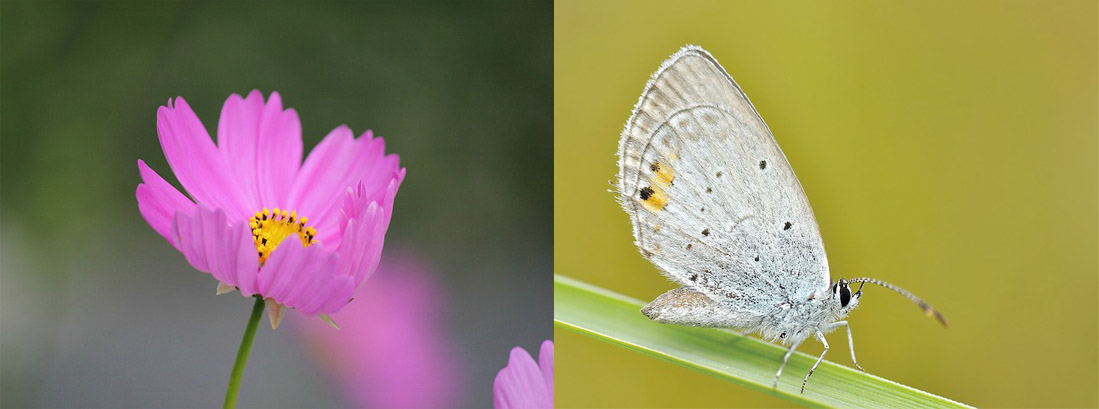
Photography Tips for Capturing Spring Pictures on Canvas
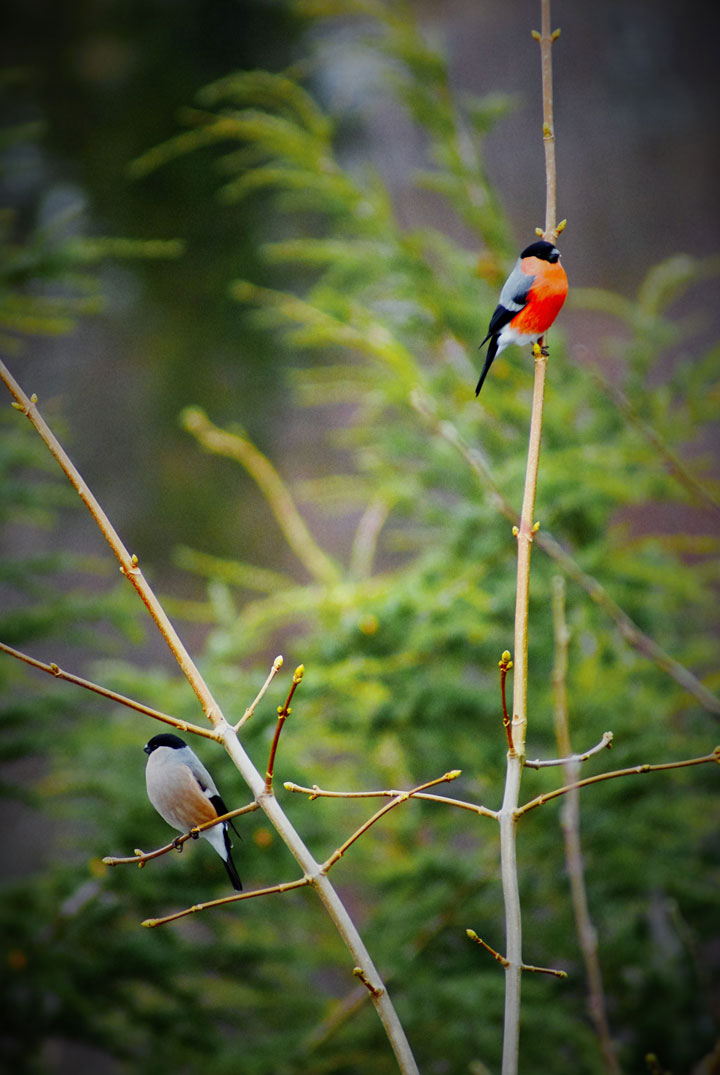
Identify your subject and isolate it
When photographing birds, butterflies and flowers you will always have a natural background to work with. The typical settings for birds and butterflies, with the exception of the sky, are often cluttered. If a butterfly lands on a bed of flowers, your backdrop will be colorful and busy. Birds are often found among branches, trees and grasses which may distract from the central subject. As an artist you need to decide what part of the backdrop is necessary to keep in the frame. Sometimes the natural habitat has meaning for a photograph so you need to know how to eliminate all but the essential elements of your desired photo. You can control the background image by changing your angle of shooting, adjusting your proximity to the subject and using your f-stop.
Know the required shutter speed
Make sure your camera is set to shoot at a high enough shutter speed to capture your subject in action. Anticipate what behavior is about to unfold before you start to shoot. It is extremelyirritating when you have taken a perfect photo but the subject matter is partially blurred. Most times you cannot re-create the same colors and composition because you do not have complete control on your subject. To avoid this, plan beforehand by learning which shutter speeds you need to capture different behaviors in crisp detail. Which speed freezes birds in flight or flowers swaying in the wind? Which speed is needed for birds walking or standing still? Consider the behavior of your subject matter so you know which shutter speed to use.
Test Exposure Regularly
When shooting outdoors, lighting is one element that is sure to change regularly. The change in light conditions can be abrupt or gradual changes. A cloud could block the sun’s rays for a few minutes. Or the shift of the sun throughout the day will affect your photos if you plan on shooting for an extended period of time. The change in lighting could also be caused by your subject matter itself. A bird sitting under a tree could move from a shaded area into direct sunlight at any time. Consider this change in exposure when your subject moves from a dark background to a light background. One way to have some control on lighting is to use a gold reflector for a warm look or a silver/white toned reflector to bounce light back on the image. This can be easily achieved when shooting flowers. You know your subject will not move from its spot so it would be easy to set up reflectors around your subject. Reflectors also work well as a shield against the wind so if you want your flower to remain still you have that option. Another way to balance the harsh sun is to use fill-in flash to illuminate the subject and to keep the fore and backgrounds balanced.
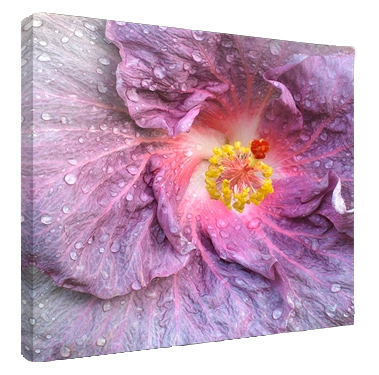
Macro Shots
To truly capture the beauty of small subjects, especially butterfly’s and flowers, one must capture as much detail as possible. This can only be achieved by taking extreme close up shots. To do this, one must have a macro lens or a zoom lens with a macro mode. The macro lens should have a 50mm to 100mm focal length and a manual setting option because auto focus may not be quick or quiet enough to capture your subject prior to any moment. A 100 mm focal length allows you to get far enough away from your subjectso that you don’t disturb it. Be sure to use a tripod to keep the camera steady and use a large aperture (f/2.8-f/5.6) for a blurred background. Zoom in as close as possible to see detail that would be impossible for the unaided eye to see, such as water droplets on a leaf or a closeup of a butterfly sucking nectar.
Focus selectively
With every photograph, there must be a focal point. Choose one spot of the image and keep that sharp. Typically with animals the focal point would be the eyes. With flowers and butterflies the normal focal point of the subject can vary. Select what part of the image will remain crisp and clear. When using a macro lens it is important to use selective focusing. Ideally, choose a low ISO for quality and use a tripod or a monopod so there is no camera shake. Choose a shallow DOF (depth of field), normally f/2.8–f/8 to give everything else a slightly blurry, ethereal effect.
Why you Want Canvas Giclee Printing for your Pictures Printed on Canvas
If you’ve read this far in the article, you can see that we not only understand photography but have a clear passion for it. We put that same passion into every canvas print we create for our customers. We know how much effort goes into setting up that perfect shot, and you deserve the same effort in getting your pictures printed on canvas. So we hope you will take the above tips into account, and then call on us to complete your project. It is not easy photographing creatures that you cannot control or speak directly to. You are simply a witness of their beauty and grace. You can only appreciate it and use the knowledge of photography to capture it in a flickering moment that passes quicker than the seasons change. We look forward to seeing what you create and then helping you preserve it.
